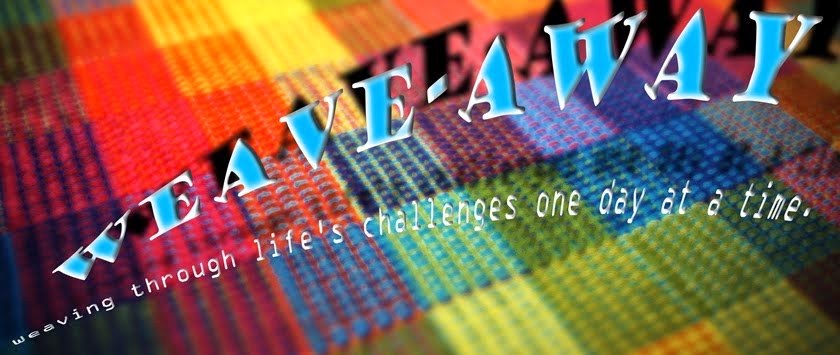Here's some info on the alligators' legs, like how to get them ready to sew onto the gator.
First we stuff, then we shape!
That's a lot of legs!
The legs require certain shaping that is done with sewing it at the joints.
I usually squeeze the parts together and then sew a few loops around over and over again until it pretty much holds on its own. Then I tie a knot and squish the need through to the next part. (My fingers have turned red due to the red marker on the tracing part... I might have to find something else!)
It takes a lot of coordination!
Next I sew the rickrack to the mouth parts. I had JUST ENOUGH rickrack!
Time to sew the mouth parts onto the gator, then sew all the gator pieces together!
No matter how sure you are of your sewing skills, pins work on everything! Gator #2 that I made ended up twisted at the tail because I didn't use pins. So, this time I pinned EVERYTHING that could be pinned! It kept things very straight this time.
Time to turn and stuff! Brian thinks they look funny at this stage... like I've been skinning gators lately... haha!
Their tails look funny being so stick straight! I do some shaping with stitches in the tails, too.
Finish up the face with some buttons:
And voila!! We have some gators!
All together now...
Everyone say, "CHEESE!!!"
Facts from Wikipedia:
- In alligators, the muscles in the jaw used to close the mouth are a lot more powerful than the ones used to open it. That's why humans can hold their jaw shut with one hand.
- In Florida, it is illegal to feed the alligators.
- Young alligators typically eat fish, insects, snails, crustaceans, and worms.
- Older alligators eat larger pray like larger fish, turtles, and various mammals, birds, deer, and other reptiles.
















